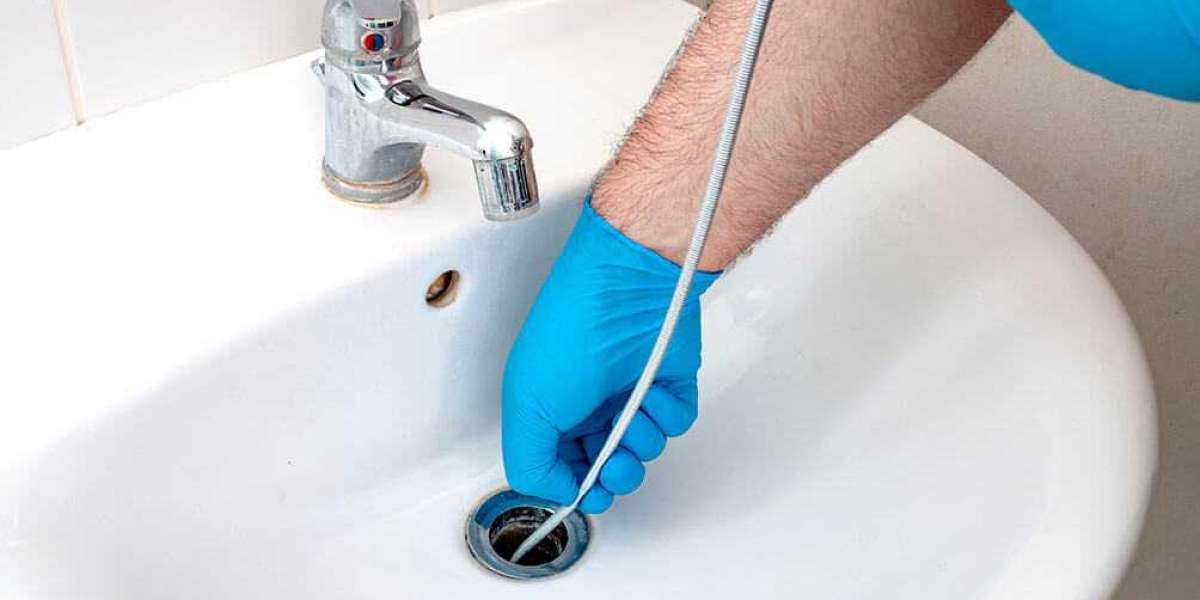Theft insurance is a key component of many homeowner and renter insurance policies, providing financial protection against the loss or damage of personal property due to theft. Understanding how to file a theft insurance claim effectively can help ensure you receive the compensation you deserve. This guide outlines the essential steps to take when filing a theft insurance claim, common pitfalls to avoid, and tips for maximizing your claim.
Immediate Actions After a Theft
If you experience a theft, it’s crucial to act quickly and methodically. Here are the immediate steps to take:
Contact the Police: Report the theft to the local police department as soon as possible. Provide them with a detailed list of stolen items and any available evidence, such as security camera footage. Obtain a copy of the police report, as your insurance company will require this for your claim.
Secure Your Property: Ensure your property is secure to prevent further theft or damage. This may involve repairing broken windows or doors and changing locks.
Document the Scene: Take photographs and videos of the areas affected by the theft. This documentation will support your claim by providing visual evidence of the incident and any damage caused by the theft.
Filing the Theft Insurance Claim
Once the immediate steps are taken, it’s time to file your insurance claim. Here’s a step-by-step process to follow:
Review Your Insurance Policy: Understand the specifics of your policy, including coverage limits, deductibles, and any exclusions. This will help you know what to expect in terms of compensation.
Notify Your Insurance Company: Contact your insurance provider to report the theft and initiate the claims process. Provide them with the police report number and details of the incident.
Prepare an Inventory of Stolen Items: Create a detailed list of all stolen items, including descriptions, estimated values, purchase dates, and receipts if available. This inventory is crucial for substantiating your claim.
Complete the Claim Form: Fill out the claim form provided by your insurance company. Include all relevant information about the theft and the items stolen.
Submit Supporting Documentation: Provide the insurance company with the police report, photographs, videos, and your inventory list. Any additional evidence, such as witness statements or security footage, should also be included.
Meet with the Adjuster: An insurance adjuster may visit your property to assess the situation. Be prepared to show them the affected areas and provide any necessary documentation or information.
Tips for Maximizing Your Theft Insurance Claim
Be Detailed and Accurate: Provide as much detail as possible about the stolen items and the circumstances of the theft. Accurate and comprehensive information can prevent delays and disputes.
Keep Records: Maintain copies of all correspondence with the police and insurance company. Document all phone calls, including the names of representatives you speak with and the dates of conversations.
Provide Proof of Ownership: Receipts, photos, bank statements, and warranties can serve as proof of ownership for stolen items. The more documentation you have, the stronger your claim.
Cooperate with the Adjuster: Be responsive and cooperative during the adjuster's visit and throughout the claims process. Answer their questions honestly and provide any requested information promptly.
Common Challenges and How to Overcome Them
Disputed Valuations: Insurance companies may offer lower valuations for stolen items than you expect. To counter this, provide evidence of the item's value, such as receipts, appraisals, or price comparisons.
Delayed Claims: Claims can be delayed due to incomplete information or missing documentation. Ensure all required documents are submitted and follow up regularly with your insurance company.
Claim Denials: If your claim is denied, review the denial letter carefully to understand the reasons. You may be able to appeal the decision or provide additional evidence to support your claim.
Preventing Future Thefts
After experiencing a theft, it’s important to take steps to prevent future incidents:
Improve Security Measures: Install security systems, such as alarms, cameras, and motion sensors. Ensure all entry points, like doors and windows, have robust locks.
Document Your Belongings: Regularly update an inventory of your personal property, including photographs and receipts. Store this information in a safe place, such as a cloud storage service.
Stay Vigilant: Be aware of your surroundings and take precautions to secure valuable items. Avoid leaving expensive items in plain sight, especially when you’re not home.
Conclusion
Filing a theft insurance claim can be a complex process, but being prepared and organized can significantly improve your chances of a successful outcome. By following the steps outlined in this guide, you can effectively document your losses, navigate the claims process, and maximize your compensation. Taking proactive measures to secure your property can also help prevent future thefts and provide peace of mind.








